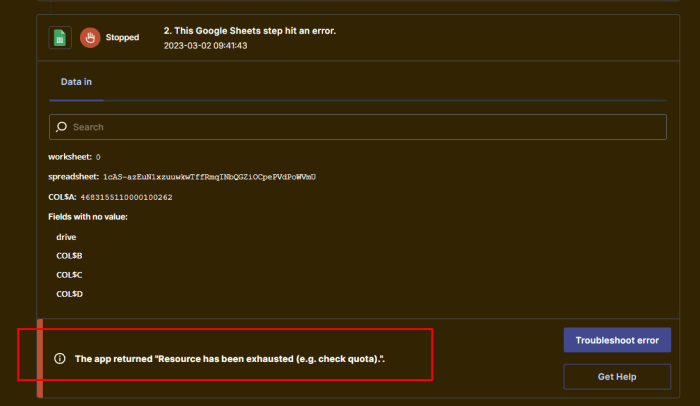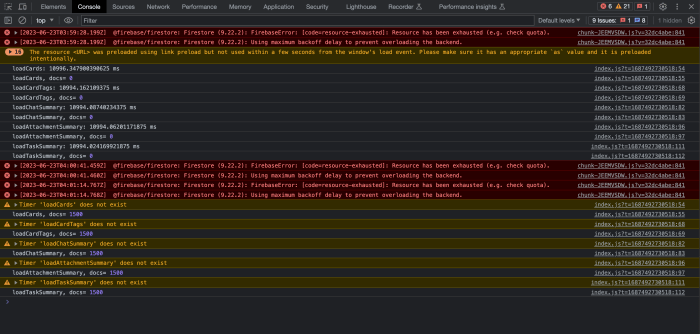Peacock plant humidity is a crucial factor for maintaining the health and beauty of these captivating houseplants. Understanding their ideal humidity range, recognizing signs of stress, and implementing effective methods to increase and maintain humidity levels are essential for ensuring their well-being.
Delve into this comprehensive guide to master the art of Peacock plant humidity and witness your foliage flourish.
Signs of Humidity Stress
Peacock plants are native to tropical environments and prefer high humidity levels. When the humidity drops below 40%, they can start to show signs of stress.
The most common signs of humidity stress in Peacock plants include:
- Leaf curling:The leaves of a Peacock plant may start to curl inward when the humidity is too low. This is because the plant is trying to reduce the surface area of its leaves to conserve moisture.
- Brown leaf tips:The tips of the leaves may start to turn brown and crispy when the humidity is too low. This is because the plant is not able to absorb enough moisture from the air.
- Stunted growth:Peacock plants may stop growing or grow very slowly when the humidity is too low. This is because the plant is not able to produce enough energy to support growth.
- Yellowing leaves:The leaves of a Peacock plant may start to turn yellow when the humidity is too low. This is because the plant is not able to produce enough chlorophyll, which is necessary for photosynthesis.
- Dropping leaves:A Peacock plant may start to drop its leaves when the humidity is too low. This is because the plant is not able to support the weight of its leaves.
Methods for Increasing Humidity
Maintaining adequate humidity levels is crucial for the well-being of Peacock plants. Employing effective methods to increase humidity around these plants can help prevent stress and promote healthy growth.
Several techniques can be implemented to enhance humidity levels:
Humidifiers
- Electric humidifiers are a convenient way to introduce moisture into the air.
- Choose a humidifier with adjustable settings to control the humidity level.
- Place the humidifier near the Peacock plant, but not directly on it.
Pebble Trays
- Fill a shallow tray with pebbles or gravel.
- Add water to the tray, but ensure the pebbles are not submerged.
- Place the tray beneath the Peacock plant.
- As the water evaporates, it will increase the humidity around the plant.
Grouping Plants
- Grouping plants together creates a microclimate with higher humidity.
- Plants release moisture through transpiration, which can benefit neighboring plants.
- Place Peacock plants in close proximity to other humidity-loving plants.
Tips for Maintaining Humidity: Peacock Plant Humidity
Peacock plants thrive in humid environments, so maintaining optimal humidity levels is crucial for their well-being. Here are some practical tips to help you keep your Peacock plant happy and healthy:
Watering Frequency, Peacock plant humidity
Water your Peacock plant regularly, allowing the soil to dry out slightly between waterings. Overwatering can lead to root rot, so it’s important to avoid keeping the soil constantly soggy. Use a moisture meter or your finger to check the soil moisture before watering.
Misting Techniques
Misting your Peacock plant regularly can help increase humidity levels around the plant. Use a spray bottle filled with room-temperature water and mist the leaves lightly. Avoid misting too heavily, as this can lead to waterlogging on the leaves.
Placement in the Home
Place your Peacock plant in a location with high humidity, such as a bathroom or kitchen. You can also place it near a humidifier to increase the humidity levels around the plant.
Peacock plants thrive in humid environments, so misting them regularly or placing them on a pebble tray filled with water can help increase humidity levels. If you’re looking for other ways to add greenery to your home, consider plants that hang from the ceiling.
These plants can add a touch of elegance and create a more inviting atmosphere. Peacock plants, with their unique foliage and ability to purify the air, are a great option for any room in your home.
Humidity and Disease Prevention

Humidity plays a crucial role in preventing diseases in Peacock plants. High humidity levels create an environment that is less favorable for fungal and bacterial growth.
When the air is humid, it contains more water vapor. This water vapor can absorb moisture from the plant’s leaves, making them less susceptible to dehydration. Dehydrated leaves are more vulnerable to attack by pathogens.
Fungal Infections
Fungal infections are a common problem for Peacock plants. These infections can cause a variety of symptoms, including leaf spots, powdery mildew, and stem rot. High humidity levels can help to prevent fungal infections by creating an environment that is too moist for the fungi to thrive.
Bacterial Infections
Bacterial infections are another common problem for Peacock plants. These infections can cause a variety of symptoms, including leaf spots, blight, and wilt. High humidity levels can help to prevent bacterial infections by creating an environment that is too moist for the bacteria to thrive.
Humidity Variations for Different Peacock Plant Varieties

Peacock plants, with their stunning foliage, can vary in their humidity requirements depending on their specific variety. Understanding these variations is crucial for providing optimal growing conditions and preventing stress-related issues.
Calathea Makoyana (Peacock Plant)
Calathea Makoyana, the most common Peacock plant variety, prefers high humidity levels ranging from 50% to 60%. This humidity level helps maintain the plant’s vibrant leaf colors and prevents leaf curling.
Peacock plants thrive in high humidity environments. If you’re looking for a hanging plant that can add a touch of the tropics to your home, the peacock plant is a great option. Learn more about choosing the right hanging plant for your needs, including how to care for a peacock plant and maintain its humidity levels.
Calathea Ornata (Pinstripe Peacock Plant)
Calathea Ornata, also known as the Pinstripe Peacock Plant, tolerates slightly lower humidity levels compared to Calathea Makoyana. It thrives in humidity levels between 40% and 50%. Providing this range of humidity helps prevent leaf edges from browning and maintains the plant’s overall health.
Calathea Medallion (Medallion Peacock Plant)
Calathea Medallion, or the Medallion Peacock Plant, prefers higher humidity levels than the other varieties, ranging from 60% to 70%. This high humidity level is essential for maintaining the plant’s delicate leaves and preventing leaf burn.
Calathea Lancifolia (Rattlesnake Plant)
Calathea Lancifolia, commonly known as the Rattlesnake Plant, has slightly lower humidity requirements compared to other Peacock plant varieties. It prefers humidity levels between 40% and 50%. Providing this humidity range helps prevent leaf curling and maintains the plant’s upright growth habit.
Outcome Summary

By adhering to the principles Artikeld in this guide, you can create an optimal environment for your Peacock plants to thrive. Maintaining proper humidity levels will not only enhance their aesthetic appeal but also safeguard them from disease and ensure their longevity.
Embrace the joy of nurturing these magnificent plants and witness the transformative power of humidity in their growth and vitality.
FAQ Overview
How often should I water my Peacock plant?
Water your Peacock plant when the top inch of soil feels dry to the touch. Avoid overwatering, as this can lead to root rot.
Can I mist my Peacock plant to increase humidity?
Misting can provide a temporary boost in humidity, but it is not a substitute for more effective methods like using a humidifier or pebble tray.
What are the signs of humidity stress in Peacock plants?
Signs of humidity stress include brown leaf tips, curling leaves, and stunted growth.